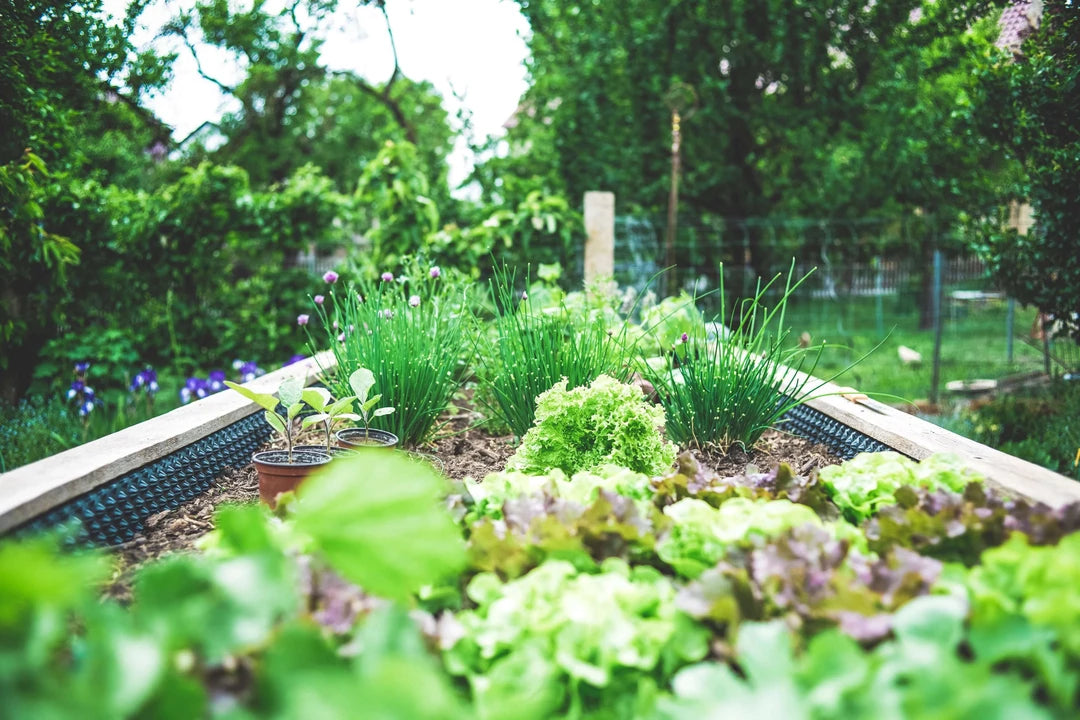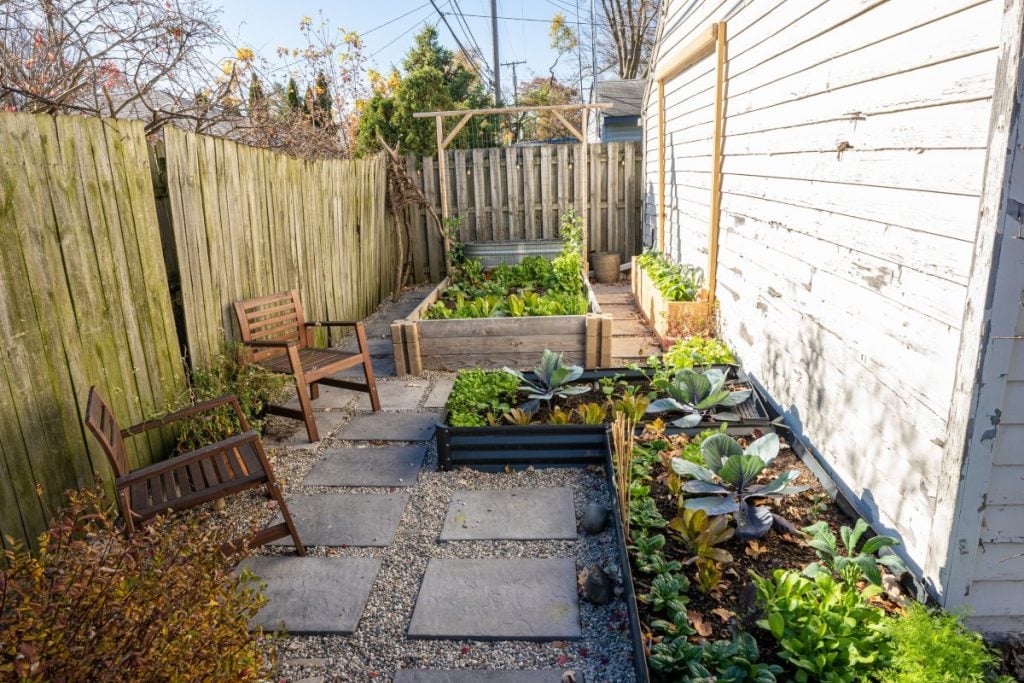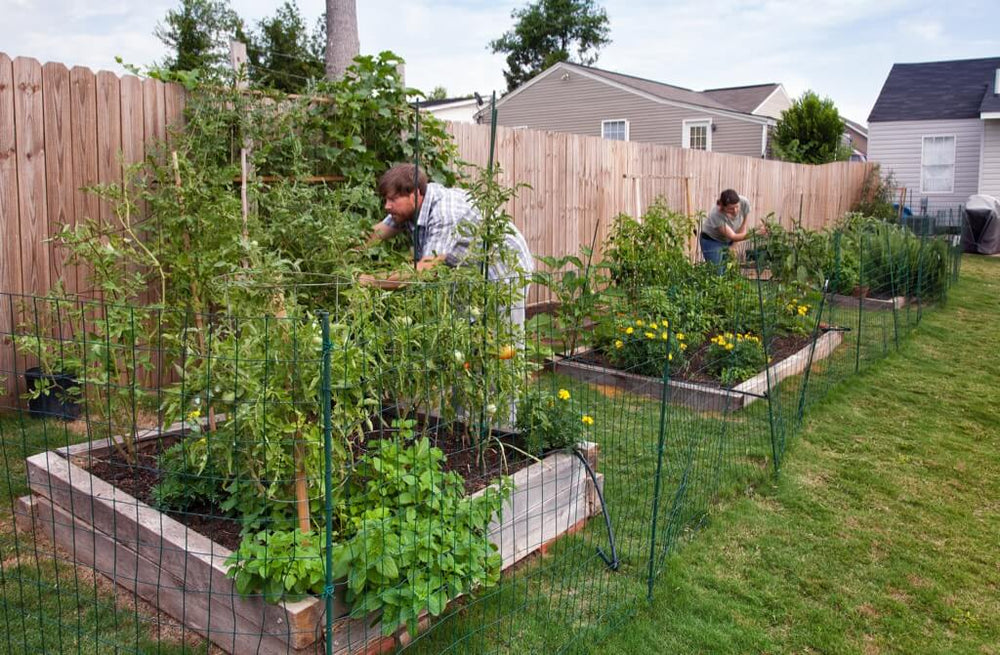In a world where sustainability and self-sufficiency are becoming increasingly important, learning the art of food preservation is a valuable skill. Whether you’re a homestead dreamer or just someone interested in reducing food waste, this beginners guide to food preservation will set you on the right path. Let’s dive into the various techniques and tips that will help you preserve food efficiently.

Understanding Food Preservation
Food preservation refers to methods used to prevent food from spoiling. By using different techniques, we can extend the shelf life of various food items. This is crucial for anyone aiming to be more self-sufficient, as it allows for the storage of seasonal produce and reduces reliance on store-bought products.
Why Preserve Food?
Preserving food offers numerous benefits. It helps in reducing food waste, saving money, and ensuring a steady supply of food throughout the year. Additionally, it provides a sense of accomplishment and independence, especially for those keen on homesteading.
Types of Food Preservation
Canning
Canning is a popular method that involves placing foods in jars and heating them to a temperature that destroys microorganisms. This method is suitable for fruits, vegetables, and even meats. There are two main types of canning: water bath canning and pressure canning.
Freezing
Freezing is one of the simplest methods of food preservation. It involves storing food at low temperatures to prevent bacterial growth. This method is ideal for a wide range of foods, including fruits, vegetables, meats, and prepared meals.
Dehydrating
Dehydrating involves removing moisture from food, which inhibits the growth of microorganisms. This method is great for fruits, vegetables, and herbs. Dehydrated foods are lightweight and perfect for long-term storage.
Fermenting
Fermentation is a natural process where microorganisms like yeast and bacteria convert carbohydrates into alcohol or acids. This method not only preserves food but also enhances its nutritional value. Common fermented foods include sauerkraut, kimchi, and yogurt.
Essential Tools for Food Preservation
To get started with food preservation, you’ll need some basic tools. These include canning jars, lids, and rings for canning, a vacuum sealer for freezing, and a dehydrator for drying foods. Investing in quality tools will ensure successful preservation.
Food Safety Tips
Safety is paramount when it comes to preserving food. Always follow recommended guidelines for each preservation method. Ensure jars and equipment are sterilized before use, and be mindful of expiration dates. Proper storage conditions are also crucial to prevent spoilage.
Storing Preserved Foods
Once food is preserved, it’s important to store it correctly. Canned goods should be kept in a cool, dark place. Frozen foods need to be maintained at a constant temperature, and dehydrated foods should be stored in airtight containers to prevent moisture.
Advantages of Home Preservation
Home preservation offers numerous advantages. It allows you to control the ingredients, ensuring healthier options. It also provides a way to enjoy seasonal produce year-round and reduces dependency on commercial products.
Challenges and Solutions
Preserving food can come with its challenges. One common issue is ensuring airtight seals during canning. Investing in a quality vacuum sealer can solve this problem. For those with limited space, consider using a root cellar for storage.
Environmental Impact
By preserving food, you’re contributing to environmental sustainability. It reduces food waste and minimizes the carbon footprint associated with transporting and packaging store-bought products. This aligns with the principles of sustainable living.
Getting Started with Food Preservation
Ready to start preserving food? Begin with simple projects like freezing fruits or making homemade jam. Gradually explore more complex methods like canning and fermenting. Don’t be afraid to experiment and learn from each experience.
Conclusion
Embracing the art of food preservation empowers individuals to take control of their food supply, reduce waste, and contribute to a more sustainable lifestyle. With this beginners guide to food preservation, you’re equipped with the knowledge to start your journey towards self-sufficiency. For more information on how to begin your homesteading journey, visit Tenth Acre Farm.

FAQs
What is the best method for preserving vegetables?
Canning and freezing are popular methods for preserving vegetables. Both techniques help retain the nutritional value and flavor of the produce.
How long can preserved foods last?
The shelf life of preserved foods varies depending on the method used. Canned goods can last for several years, while frozen foods are best consumed within a year.
Is fermenting food safe?
Yes, fermenting food is safe when done correctly. It’s essential to follow proper guidelines and ensure clean equipment to prevent contamination.





